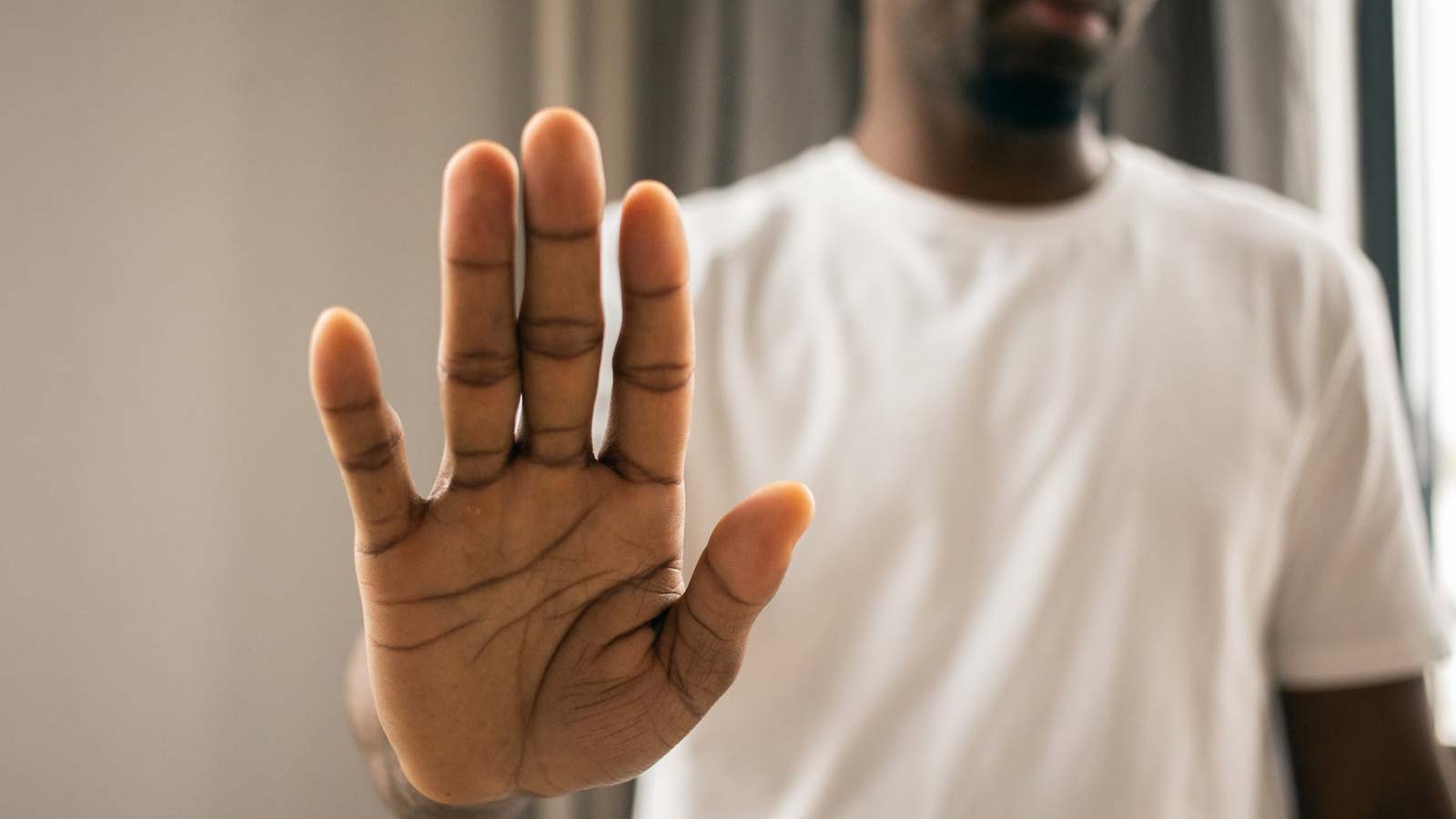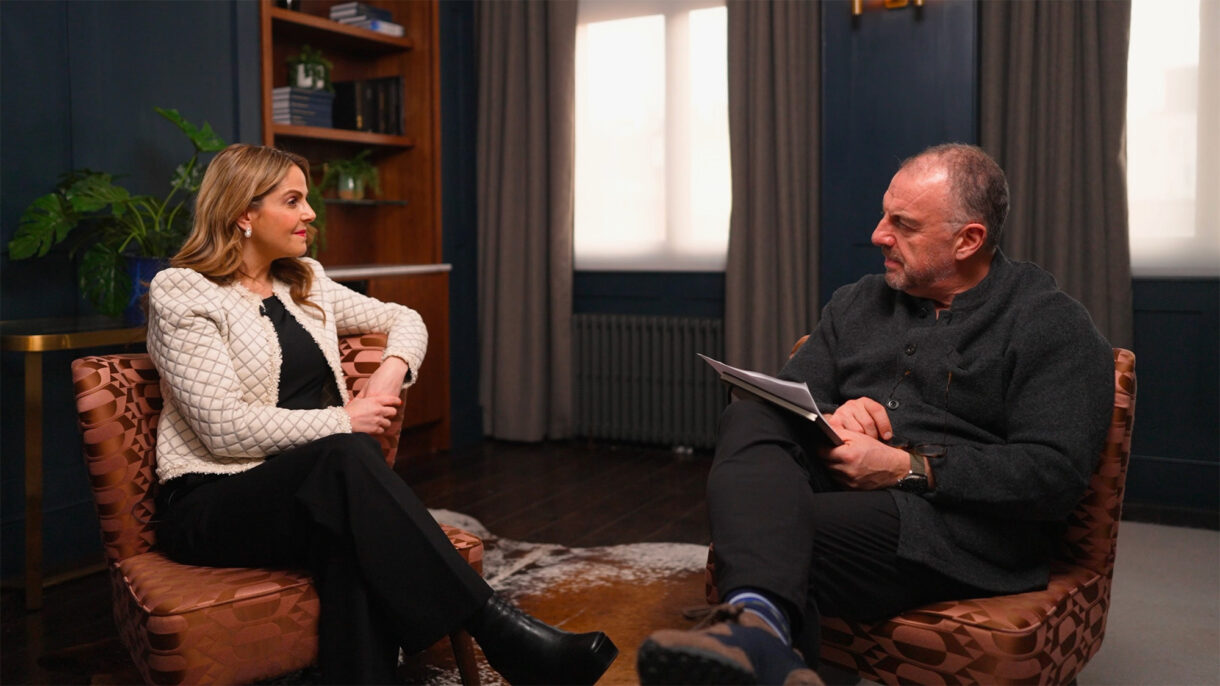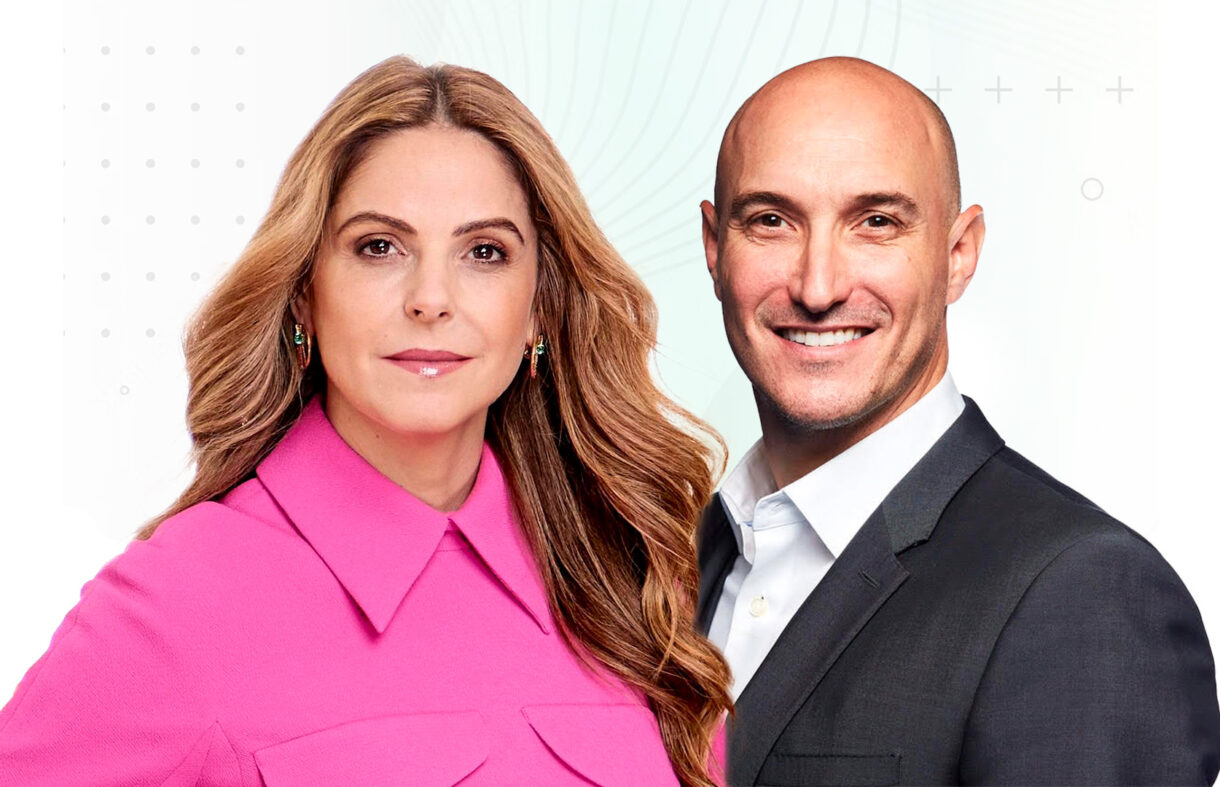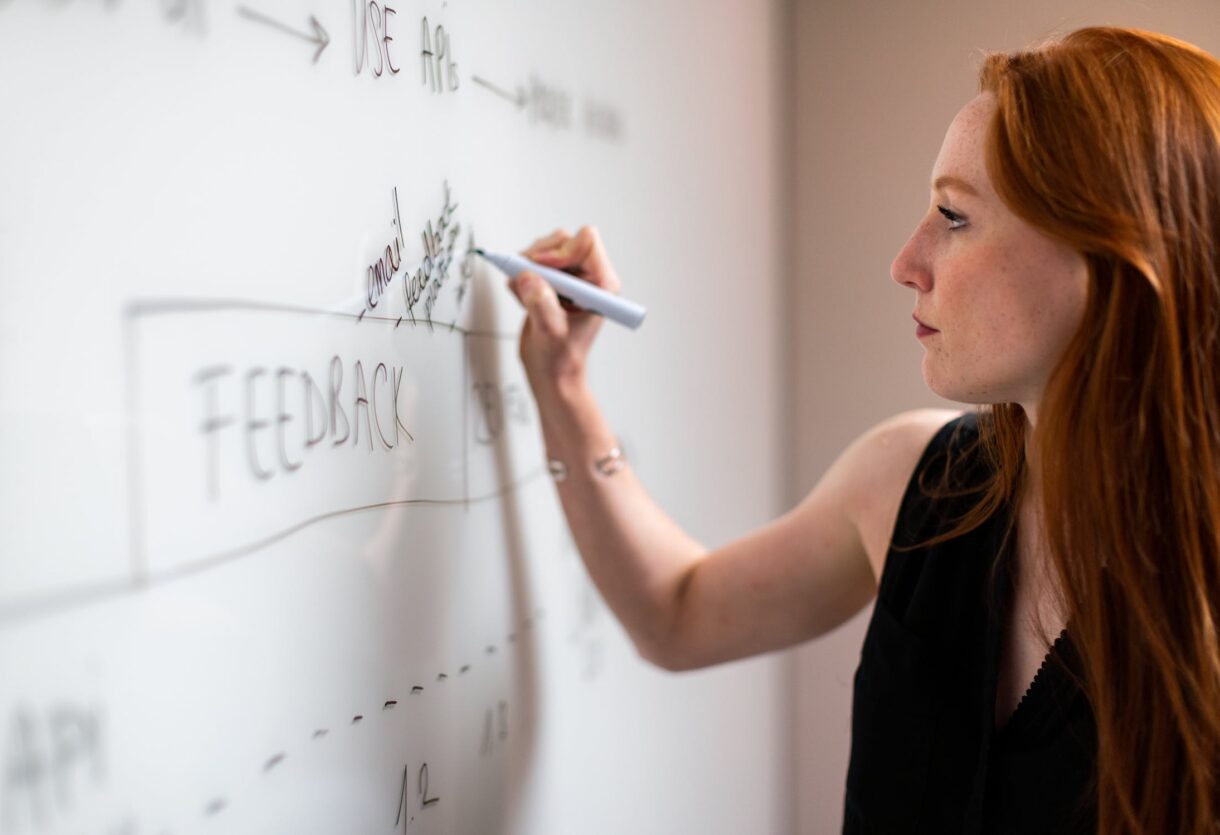No is the key to defining your strategic focus and every important Yes therefore may require a thousand No’s.
All too often, we cannot bring ourselves to say No when we want to and know we should. Or we do say No but say it in a way that blocks agreement and destroys relationships. We submit to inappropriate demands, injustice, even abuse – or we engage in destructive fighting in which everyone loses. The way out of this trap is what I call a Positive No. In contrast to an ordinary No which begins with No and ends with No, a Positive No begins with Yes and ends with Yes.
Twenty-seven years ago, Roger Fisher and I coauthored a book called Getting to Yes, which focuses on how to reach an agreement that is beneficial to both sides. It became an international bestseller, I believe, because it reminds people of the commonsense principles they may already know but often forget to apply.
Yet over the years, I have come to realize that getting to Yes is only half the picture – and it is, if anything, the easier half. As one company president, a client of mine, told me, “My people know how to get to Yes – that’s not the problem. It’s saying No that’s tough for them.” Or as former British prime minister Tony Blair put it, “The art of leadership is not saying Yes, it’s saying No.”
“The art of leadership is saying no, not saying yes. It is very easy to say yes.”
Tony Blair
Prime Minister of the United Kingdom from 1997 to 2007
Indeed, not long after Getting to Yes was published, a cartoon appeared in the Boston Globe. A man in a suit and tie was asking a librarian for a good book on negotiation. “This one is quite popular,” the librarian answered, handing him a copy of Getting to Yes. “Yes isn’t what I had in mind,” the man countered.
The importance of No was reinforced for me by a conversation I had with the well-known investor and financial sage Warren Buffett. Over breakfast, he told me, “I don’t understand all this Yes stuff. In my line of business, the most important word is No. I sit there all day and look at investment proposals and say No, No, No, No, No – until I see exactly what I am looking for. And then I say Yes. All I have to do is say Yes a few times in my life and I’ve made my fortune.” No is the key to defining your strategic focus and every important Yes therefore may require a thousand Nos.

I have come to appreciate that perhaps the main obstacle to getting to Yes is learning how to say No properly. All too often, we cannot bring ourselves to say No when we want to and know we should. Or we do say No but say it in a way that blocks agreement and destroys relationships. We submit to inappropriate demands, injustice, even abuse – or we engage in destructive fighting in which everyone loses.
The way out of this trap is what I call a Positive No. In contrast to an ordinary No which begins with No and ends with No, a Positive No begins with Yes and ends with Yes
Saying No positively means first of all saying Yes to yourself and your own deepest needs and values. When one executive I know in a family business had to say No to his father and boss’s demand that he take care of the business over the Christmas holidays for the Nth year in a row, he drew on a deeper underlying Yes to his family and his self-respect. He told his father: “Dad, my family needs me and I intend to spend the Christmas holidays with them.”
John, the executive, in a respectful tone, set a clear limit: “I will not be working this Christmas.” He did not end with a No, however, but with a Yes, a positive proposal. “Here’s my proposal for how we can get the necessary work done in the office while I spend the time I need with my family.”
A Positive No in short is a Yes No Yes. The first Yes expresses your needs and values, the No asserts your power, and the second Yes furthers your relationship. The key is respect – for yourself and for the other person.
The Positive No represents a marriage of the two most fundamental words in language: Yes and No.
The great problem today is that we have divorced our Yeses from our Nos. Yes without No is appeasement, whereas No without Yes is war.
Yes without No destroys one’s own satisfaction, whereas No without Yes destroys one’s relationship with others. We need both Yes and No together. For Yes is the key word of community, No the key word of individuality. Yes is the key word of connection, No the key word of protection. Yes is the key word of peace, No the key word of justice.
The great art is to learn to integrate the two – to marry Yes and No. That is the secret to standing up for yourself and what you need without destroying valuable agreements and precious relationships.
The way we say No may sometimes seem like a small thing, but over time it can make a huge difference in our lives, in the lives of others around us, and in the world at large.
In saying No well, we are giving ourselves a gift. We are protecting someone or something we value. We are creating time and space for something that we want. We are changing the situation for the better – and all the while keeping our friends, colleagues, and customers. In short, we are being true to ourselves. Through the simply daily practice of saying No positively, we are contributing to the quality of our lives, our success at work, and our happiness at home. It is a gift we owe ourselves.
Saying No can be a gift to the Other as well. “Tell me Yes, Tell me No, but tell me now” is a refrain I have heard from those on the receiving end. The Other often much prefers a clear answer, even if it is No, than continued indecision and waffling. A No allows them to go ahead and make their own decisions.
Indeed, a Positive No can bring us closer to the Other, into a more authentic relationship. If we do not speak our truth – our No – to the Other, it can distance us from them as there will always be something important that lies unspoken between us…
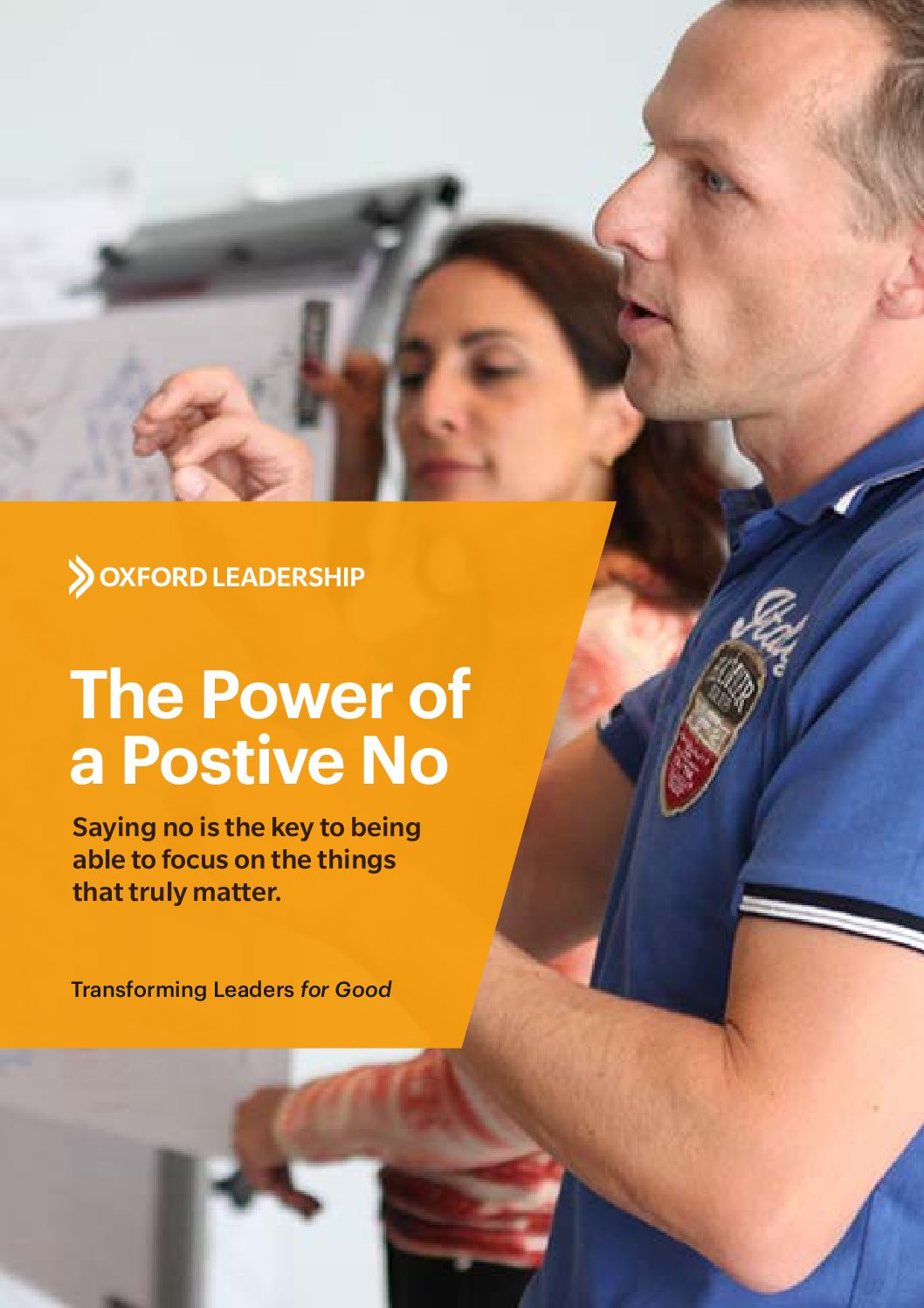
Stay up-to-date with our latest news:
Subscribe